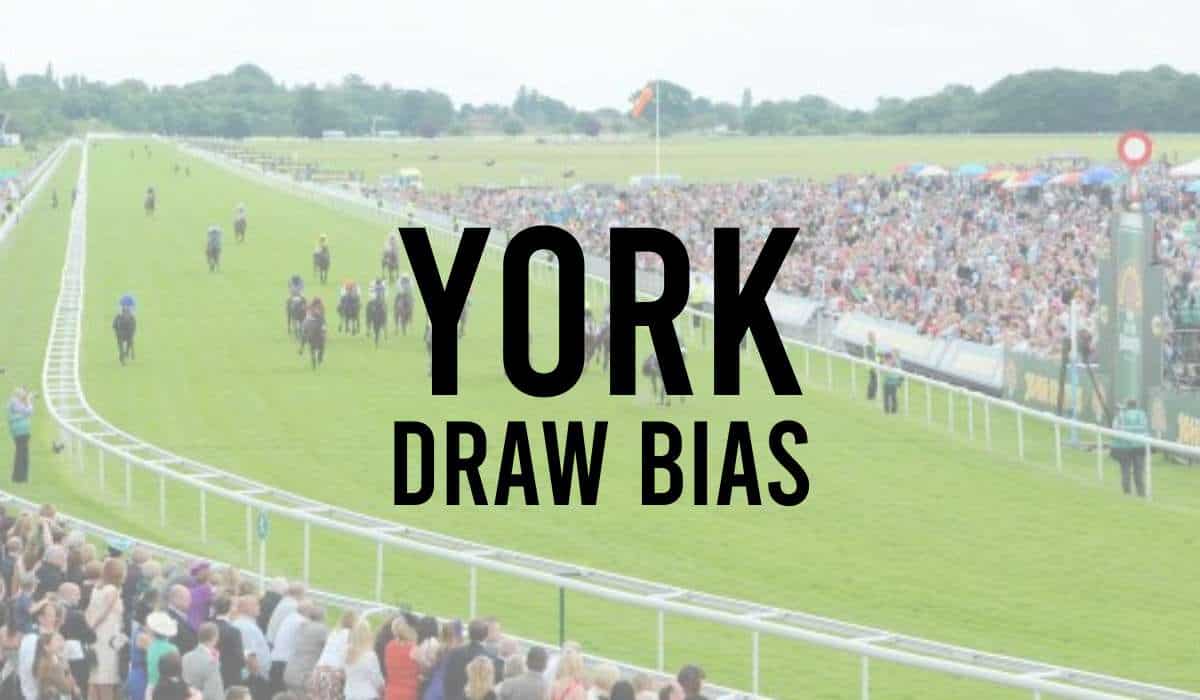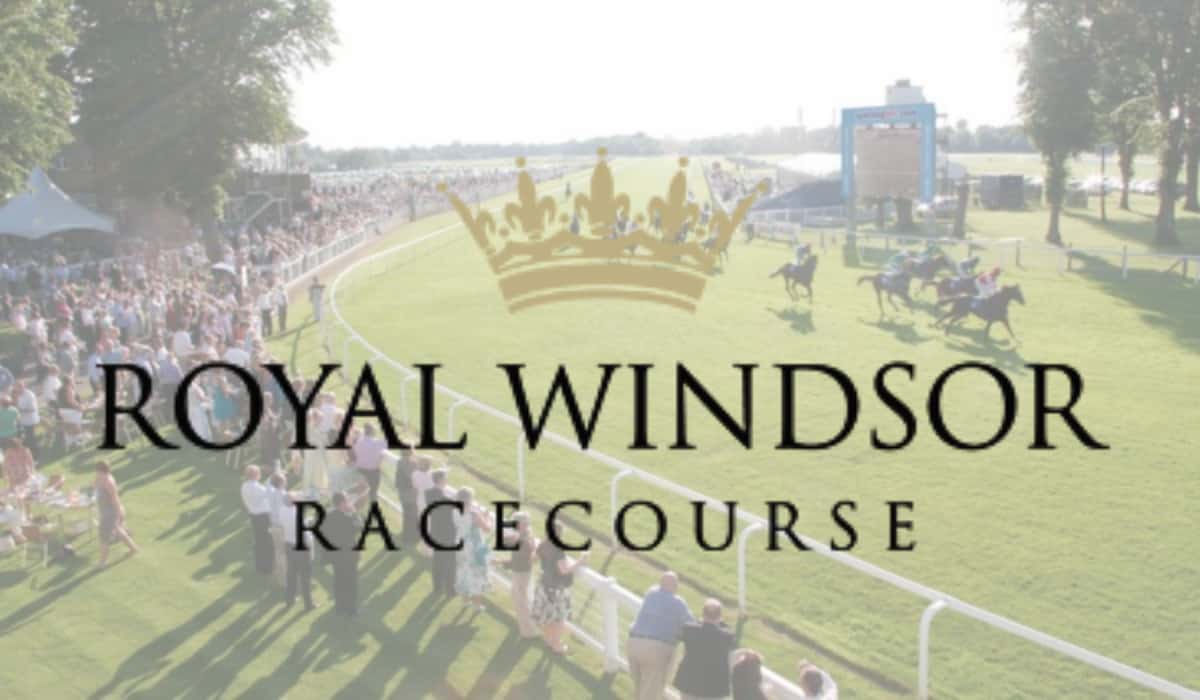Many shrewd horse racing punters research whether there is a draw bias at Windsor Racecourse.
The horse racing draws are perhaps the most overlooked factor in horse racing statistics in April 2024.
The Windsor draw bias refers to whether or not a racehorse running at Thirsk has an advantage or disadvantage following the stall they have been drawn in.
Our horse racing tipsters can be influenced by the draw of the horse when selecting their best chances of a winner at Windsor Races.
In our Windsor Draw Guide, we will explain everything you need to know about the stalls and potential draw advantages for horses running at Windsor today.
Is there a draw bias at Windsor Racecourse?
Yes, there is a draw bias at Windsor Racecourse.
In general, horses drawn high tend to have an advantage over distances of 5 and 6 furlongs, while low draws tend to be preferred over longer distances of 7 furlongs and 1 mile.
However, as with any bias, this can vary depending on the individual race conditions and other factors, such as the horse’s form and jockey tactics.
Therefore, it’s important to thoroughly analyse each race and consider all relevant factors when making betting decisions at Windsor Racecourse.
What is the Draw Bias at Windsor 5 Furlongs?
When it comes to the draw bias at Windsor over a distance of 5 furlongs, it’s difficult to make any strong conclusions due to the limited amount of data available.
However, it’s believed that being drawn high is a significant advantage when the ground is soft. Out of the three races that have been run over this distance, two were won by horses drawn high, which suggests that this bias is worth keeping an eye on.
Overall, there does appear to be a slight advantage to being drawn high and close to the fair rail at Windsor over 5 furlongs.
This may be due to the fact that the track at Windsor is situated next to the River Thames, and the high numbers may have a better angle to run downhill towards the finishing post.
What is the Draw Bias at Windsor 6 Furlongs?
When it comes to the draw bias at Windsor over a distance of 6 furlongs, there does appear to be a slight bias in favor of horses drawn high. However, this bias is not particularly significant and may not always hold true.
It’s worth noting that the track at Windsor is relatively flat, which may account for the small bias favouring high numbers.
Despite this, when the ground is soft, the draw bias at Windsor over 6 furlongs can become more pronounced. In these conditions, there can be a “golden highway” up the far rail that can give a significant advantage to horses drawn high.
This may be due to the fact that the softer ground provides less resistance, allowing horses to move more easily towards the finishing line.
What is the Draw Bias at Windsor 1 Mile?
When it comes to the draw bias at Windsor over 8 furlongs, also known as a mile, there is some belief that horses drawn high may hold a slight advantage in large fields.
While there may be a slight advantage to horses drawn high in larger fields, it’s important to consider all relevant factors when making betting decisions at Windsor over a distance of 8 furlongs.
Overall, it appears that draw bias is not a major factor to consider at this racecourse over this distance, and other factors such as horse form and jockey tactics may have a greater impact on race outcomes.
Does The Stall Draw Affect Chances Of Winning In Flat Races at Windsor?
The chances of a horse winning can hugely be affected by the stall number at Windsor Races.
The best horse racing tipping services will adjust their judgements of horses with the best chances after the stall numbers are released in the Windsor racecards.
Here is some important information on the tips, results and runners for horses running at Windsor.
Windsor Pace Bias Statistics
Windsor racecourse boasts a unique figure-of-eight configuration that presents a challenging track for horses and jockeys alike.
One interesting feature of this layout is that it tends to favour front runners, who can take advantage of the tight turns and keep their momentum going.
This bias towards front runners is particularly evident when looking at Windsor’s rankings compared to other courses for individual distances.
For instance, Windsor is ranked 6th out of 29 courses for 6 furlongs, and 6th out of 30 courses for 8 furlongs.
These rankings suggest that front runners may have a slight advantage over these distances at Windsor, although other factors such as track conditions and individual horse form will always play a role.
Interestingly, Windsor’s configuration appears to be particularly well-suited to longer distances, with the course ranked 1st out of 22 courses for 10 furlongs.
This suggests that the unique layout may actually help to level the playing field somewhat for horses and jockeys over longer distances, where the focus is more on stamina than speed.
Summary
The data and stats are updated in real-time from our Windsor Horse Racing Results for the information shared on the draw bias.
With the draw bias mainly affecting the sprint races then punters are quickly on the lookout for the big ante posts races, as the draws are released.
Ground conditions, weather, and handicapping blots can affect the draw bias statistics. So at times, it is strongly advised to check the earlier races of the day to see if the draw bias on the current ground has changed.
Related Draw Bias Posts
Find all the draw bias information articles.
- Ascot Draw Bias
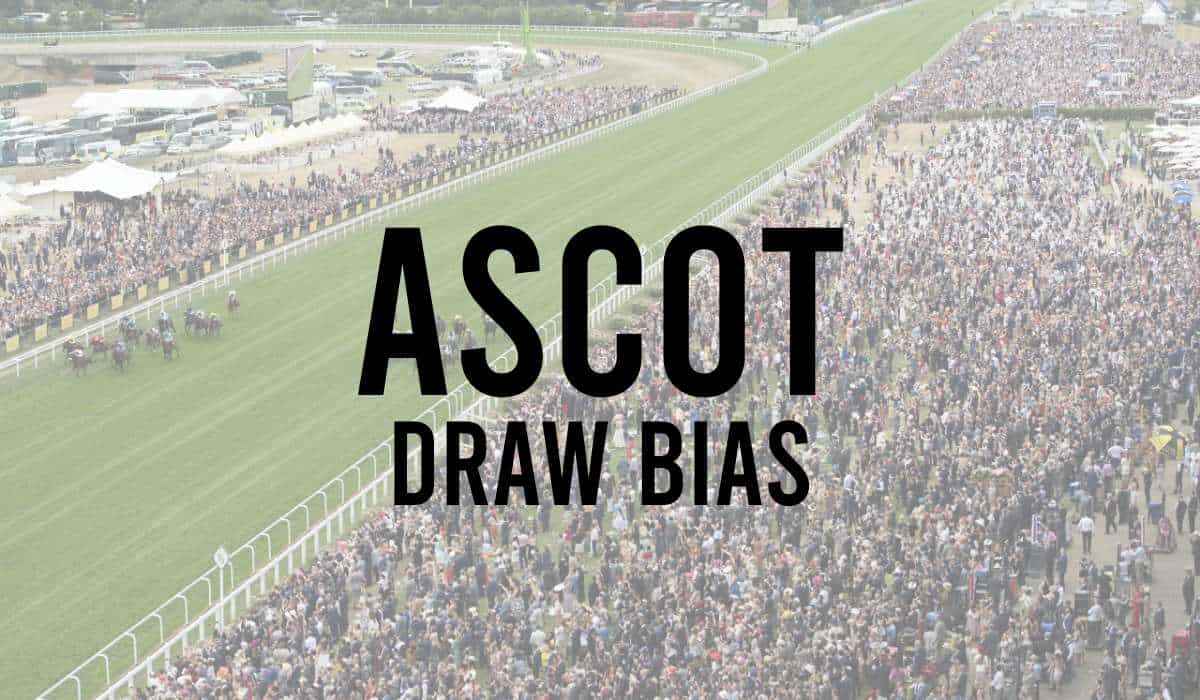
- Bath Draw Bias
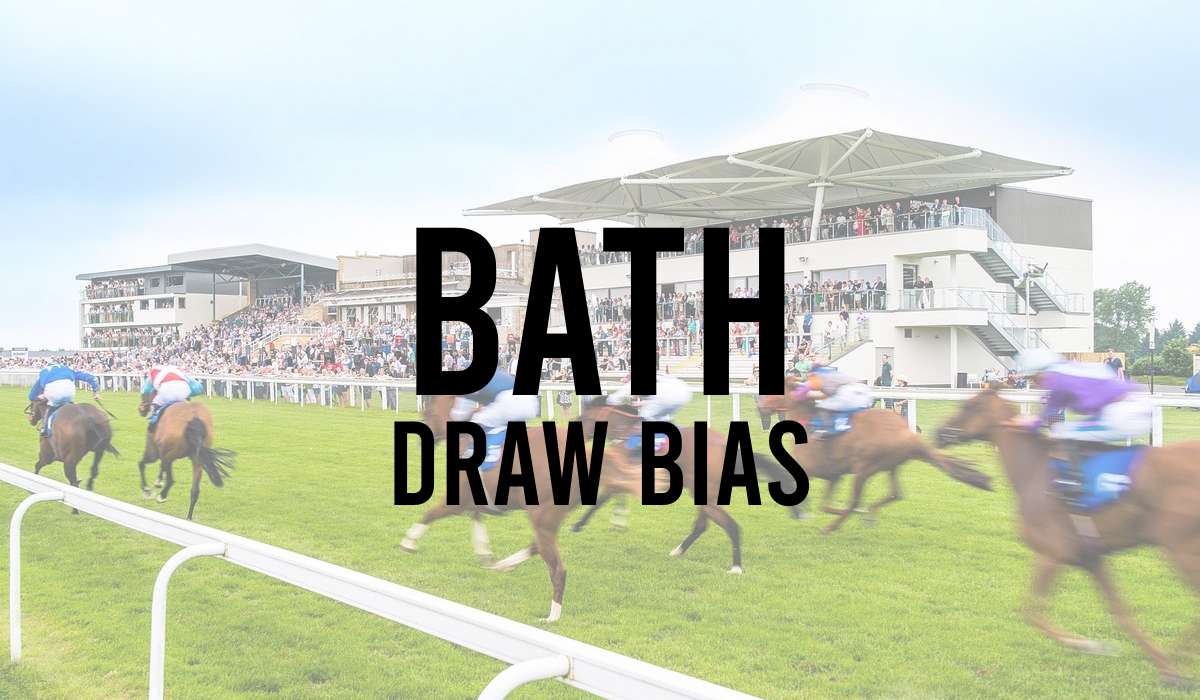
- Beverley Draw Bias
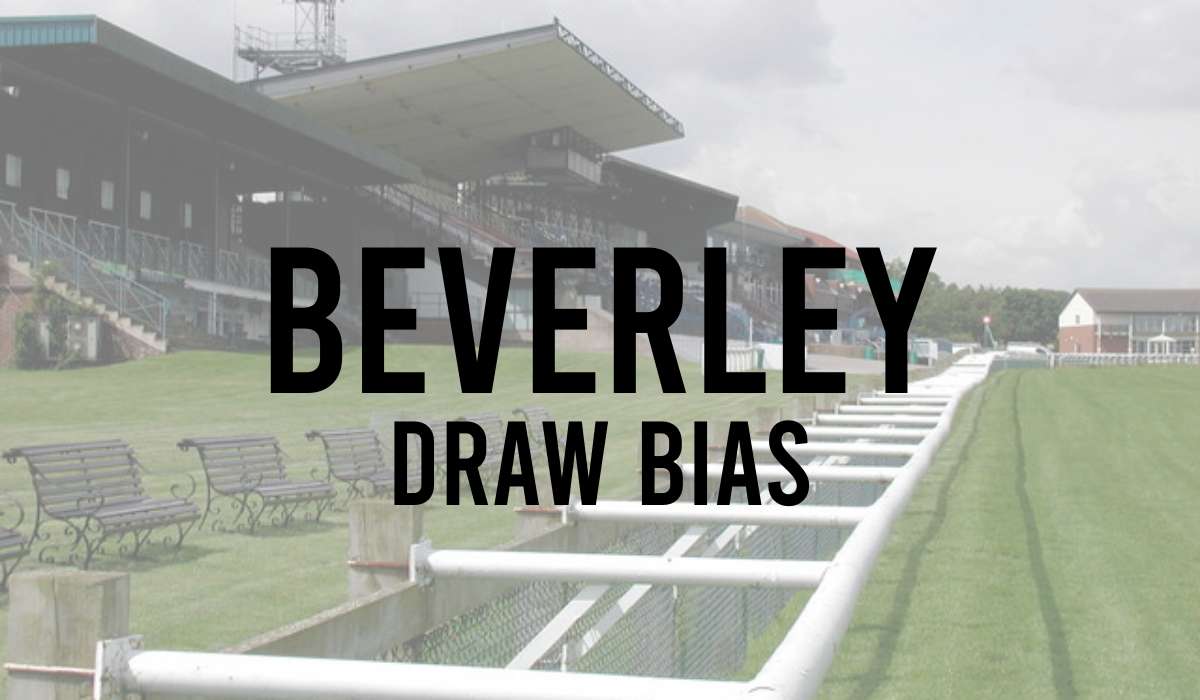
- Brighton Draw Bias
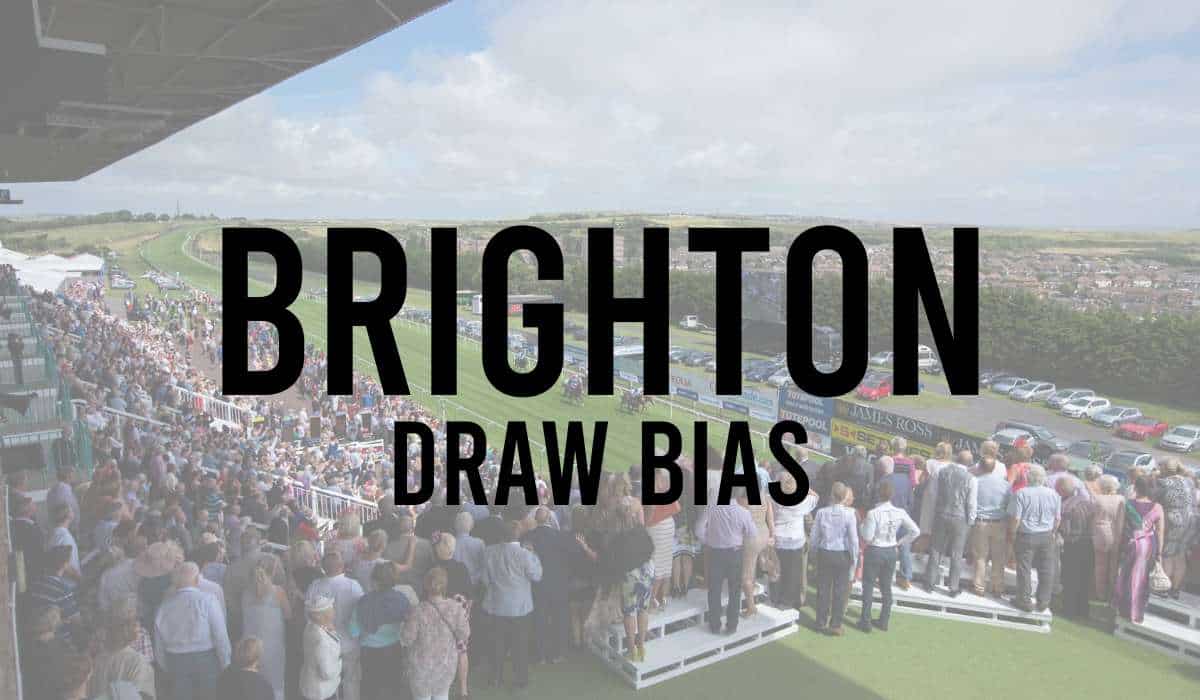
- Catterick Draw Bias

- Chelmsford Draw Bias
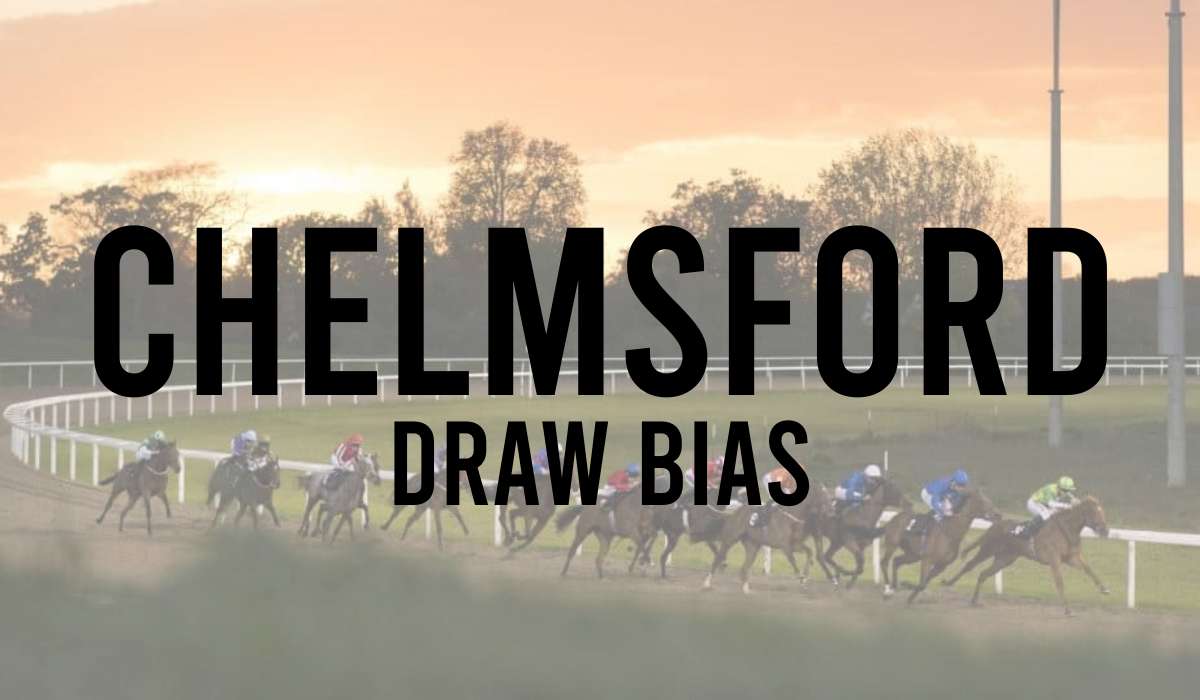
- Chester Draw Bias
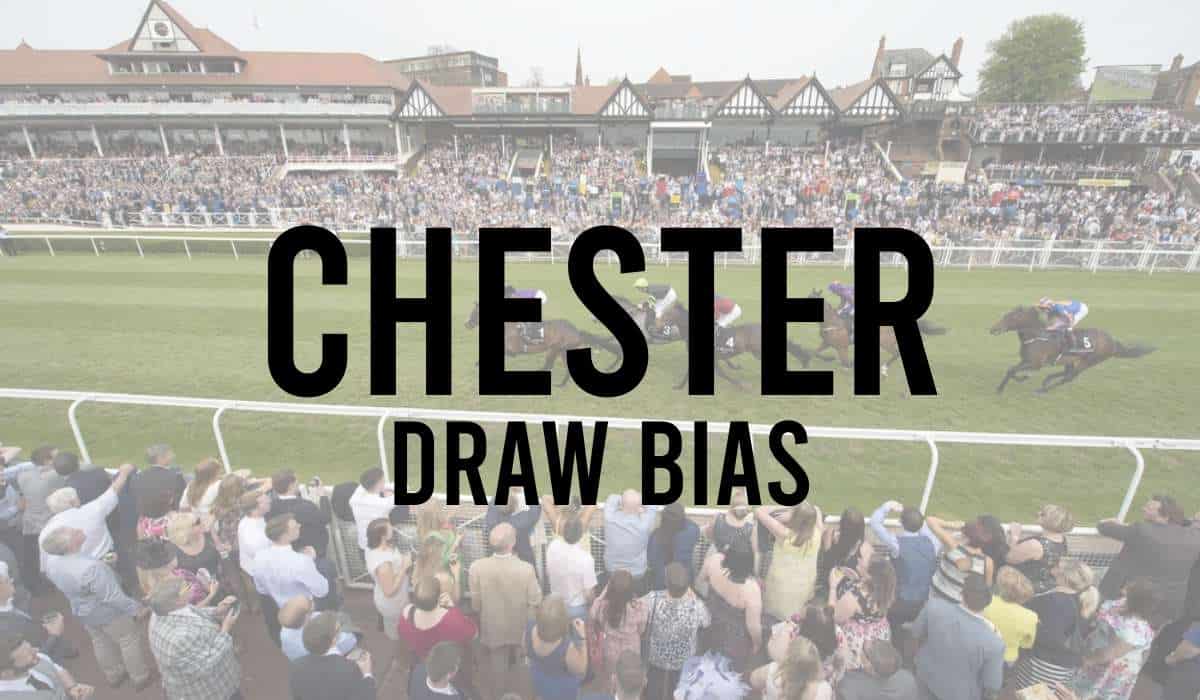
- Cork Draw Bias
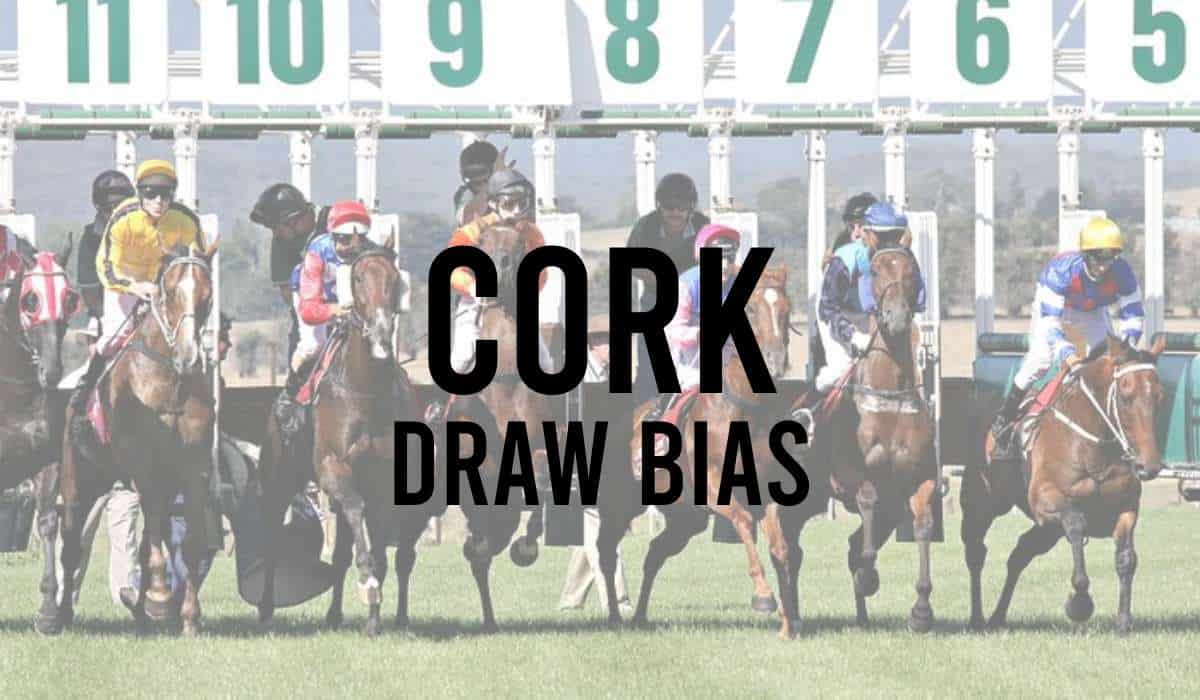
- Doncaster Draw Bias
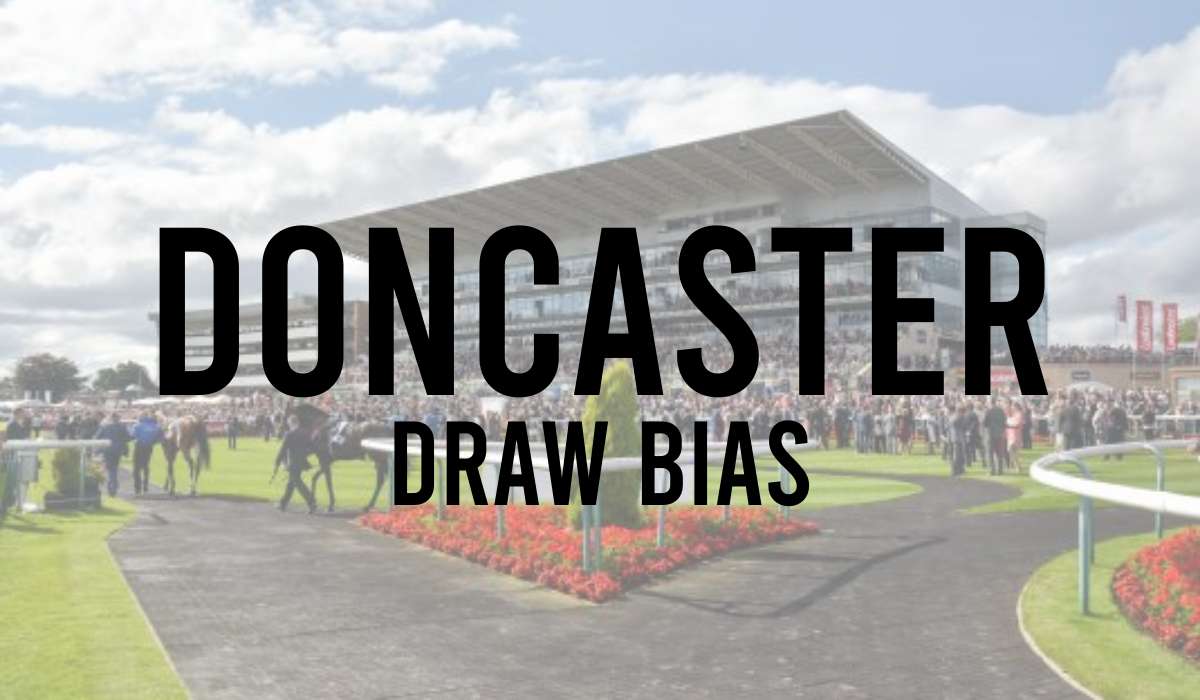
- Dundalk Draw Bias
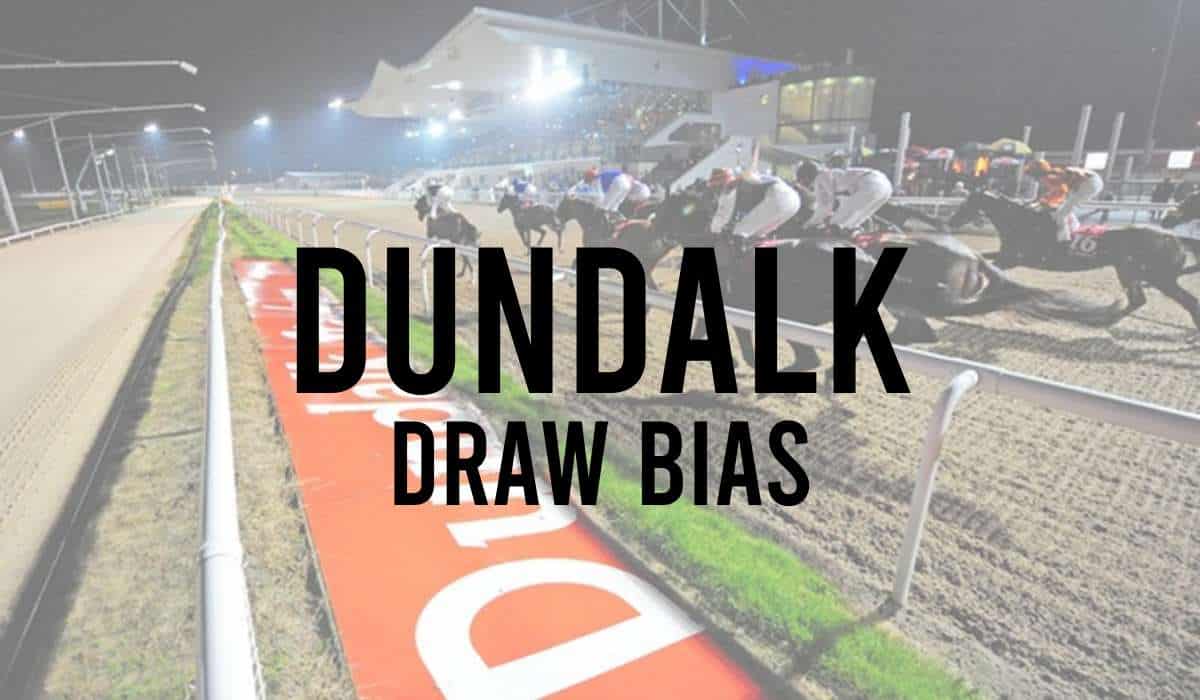
- Epsom Racecourse Draw Bias
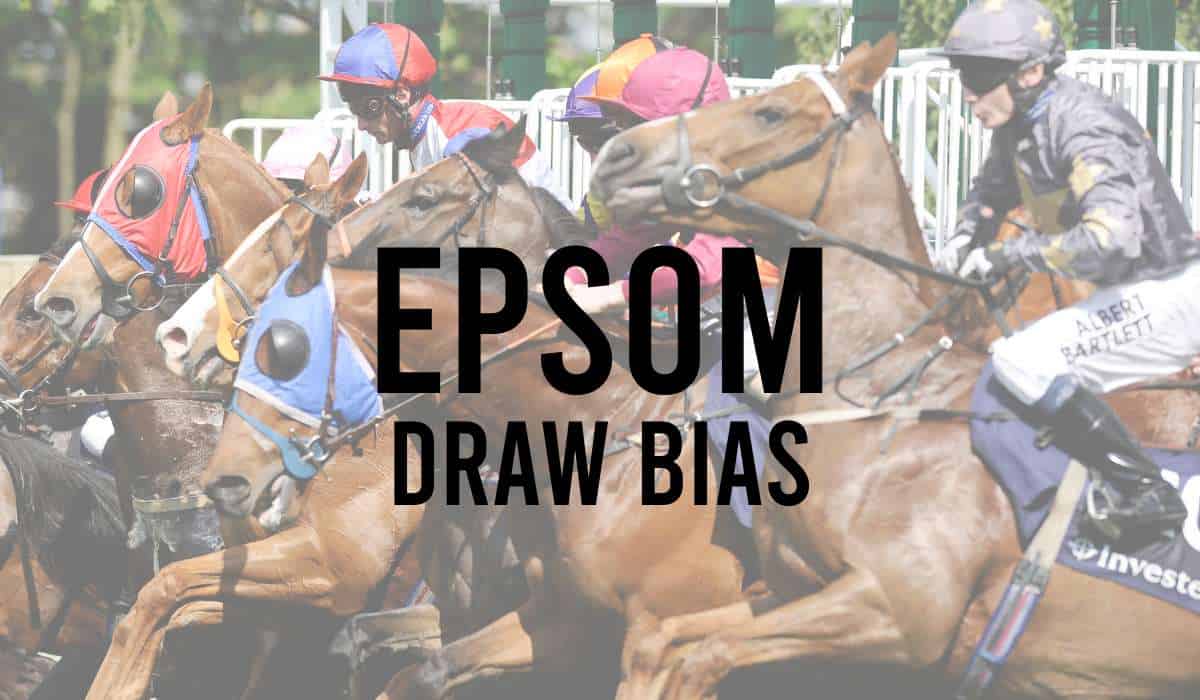
- Goodwood Draw Bias
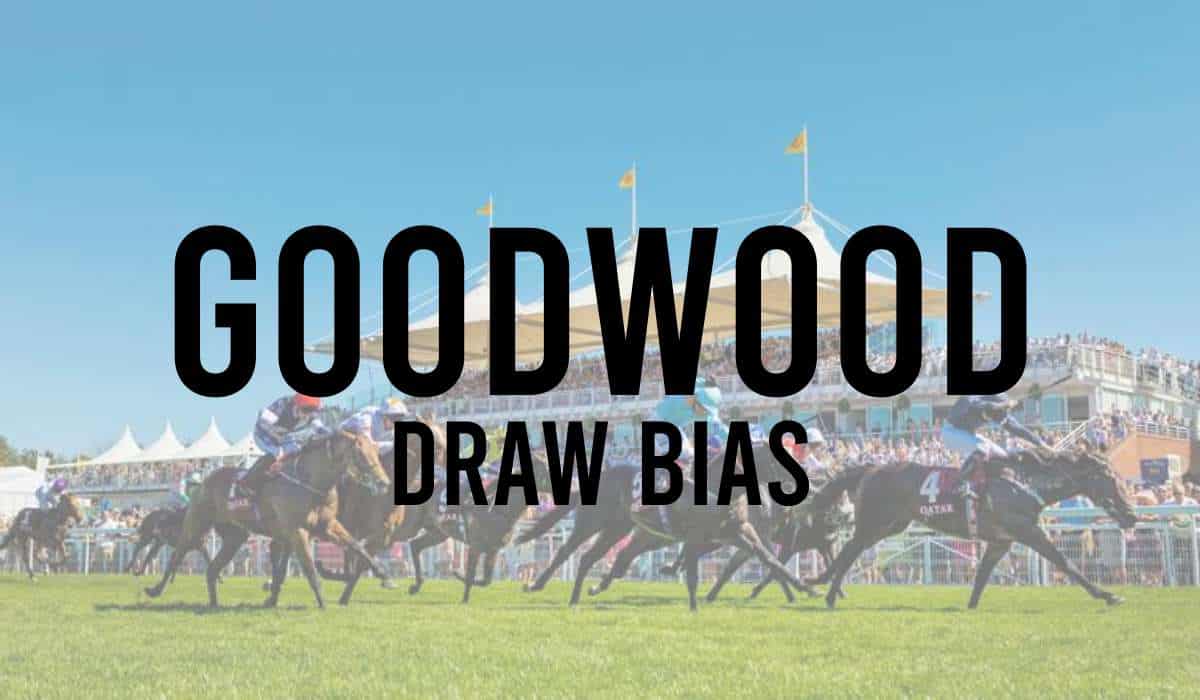
- Hamilton Draw Bias
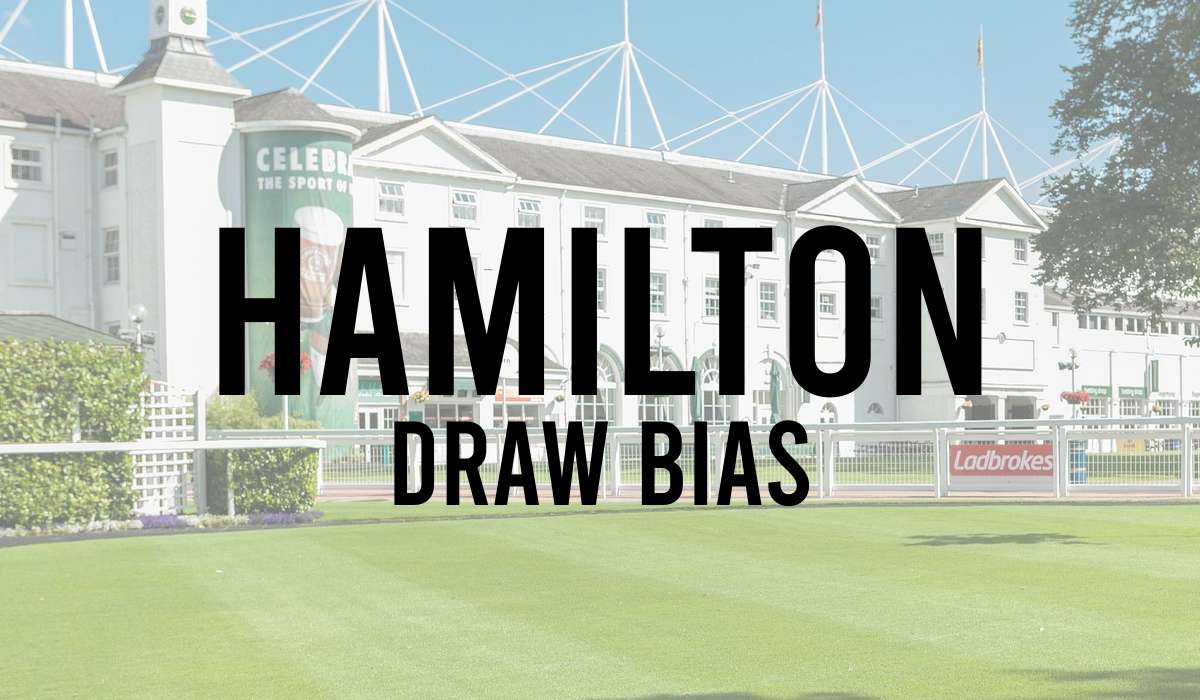
- Haydock Draw Bias
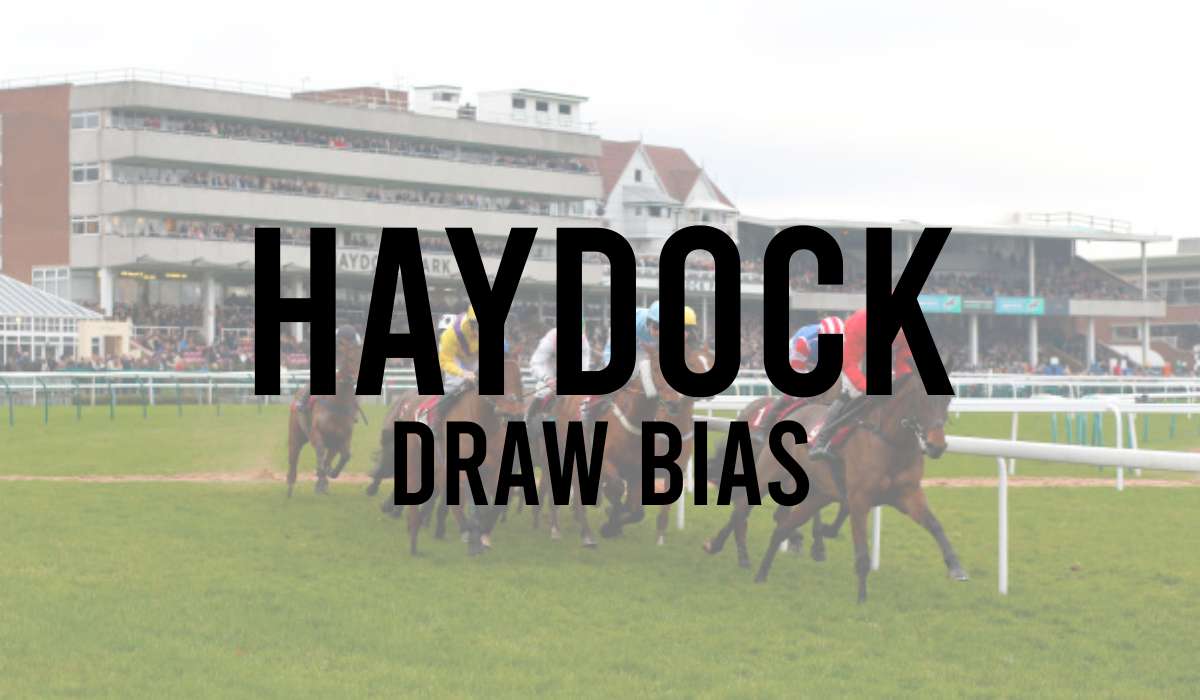
- Horse Racing Draw
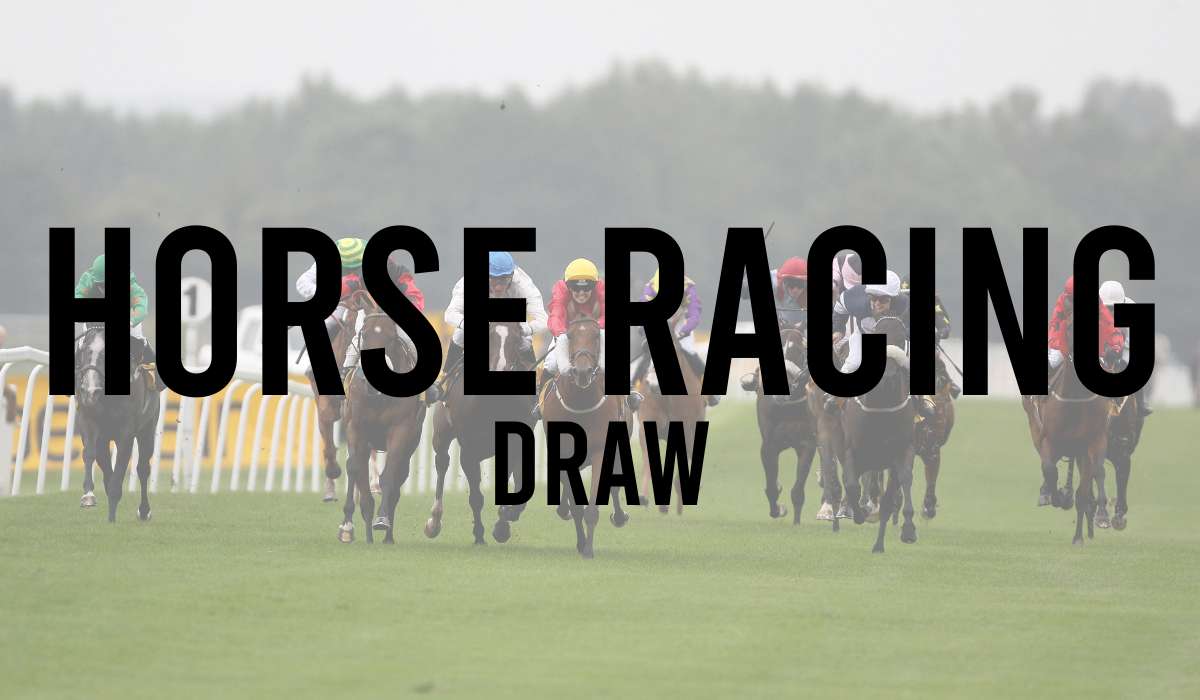
- Kempton Draw Bias
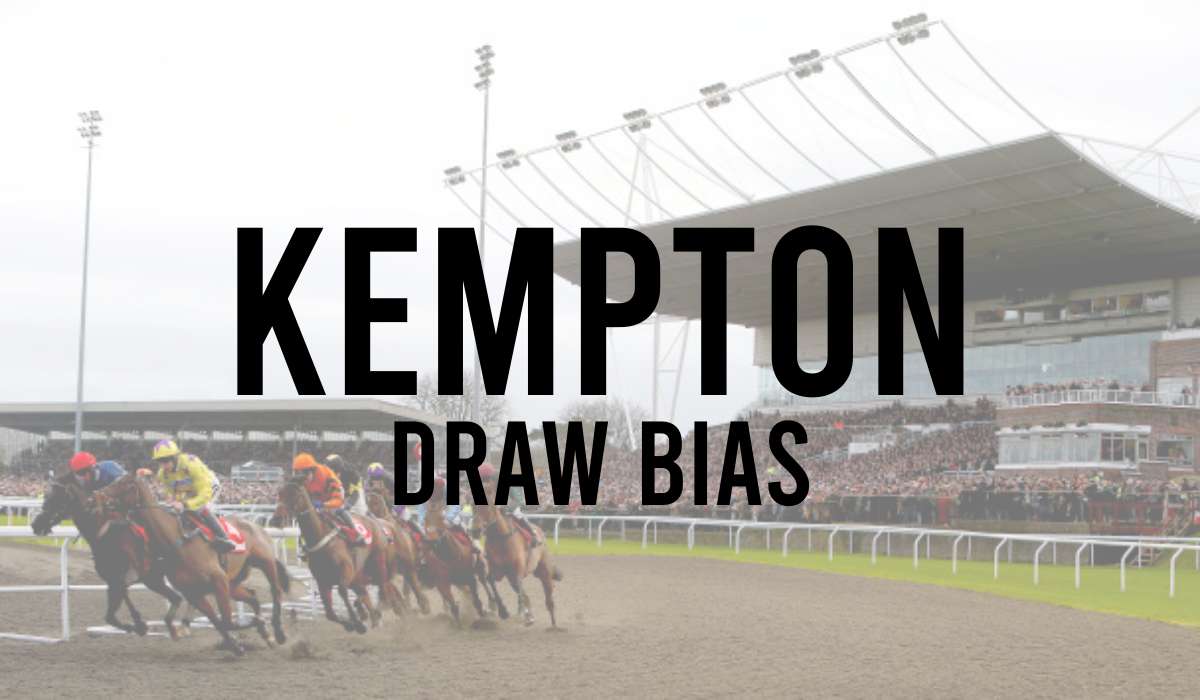
- Lingfield Draw Bias
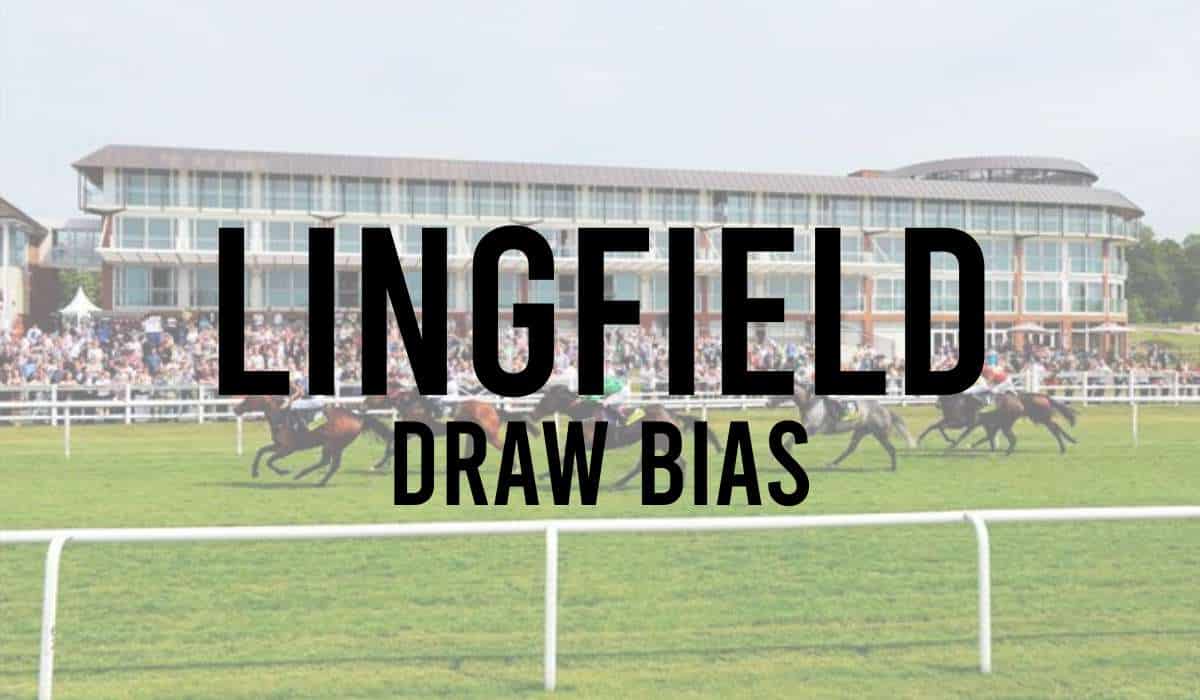
- Musselburgh Draw Bias
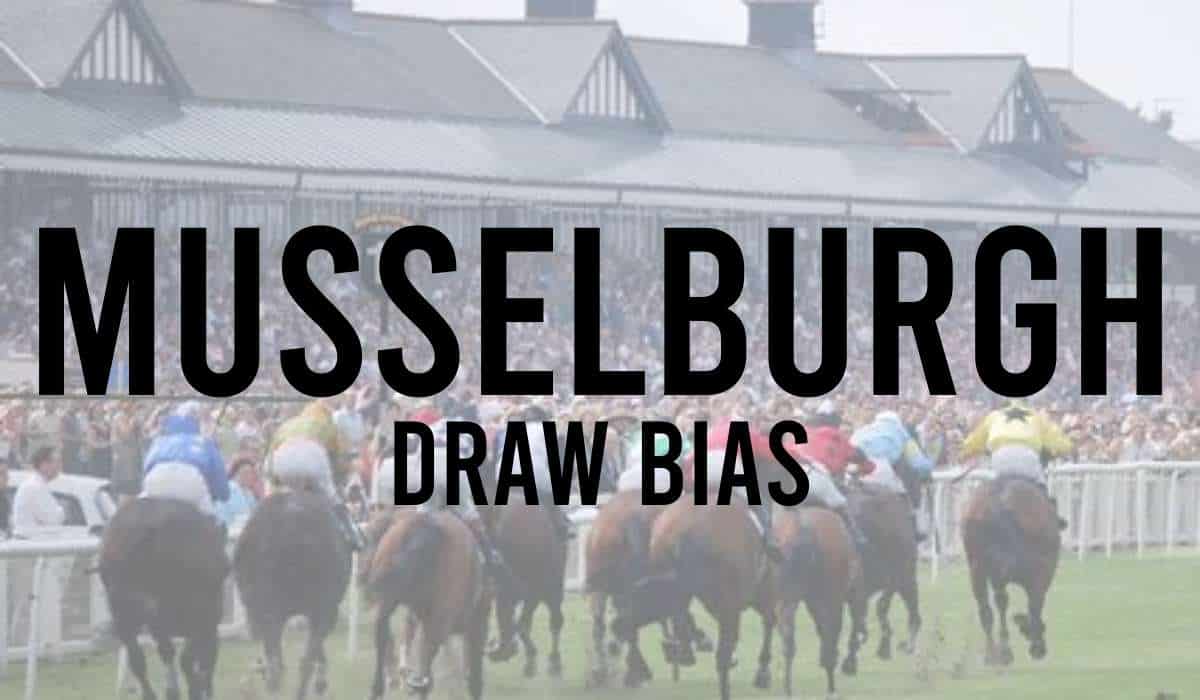
- Newbury Draw Bias
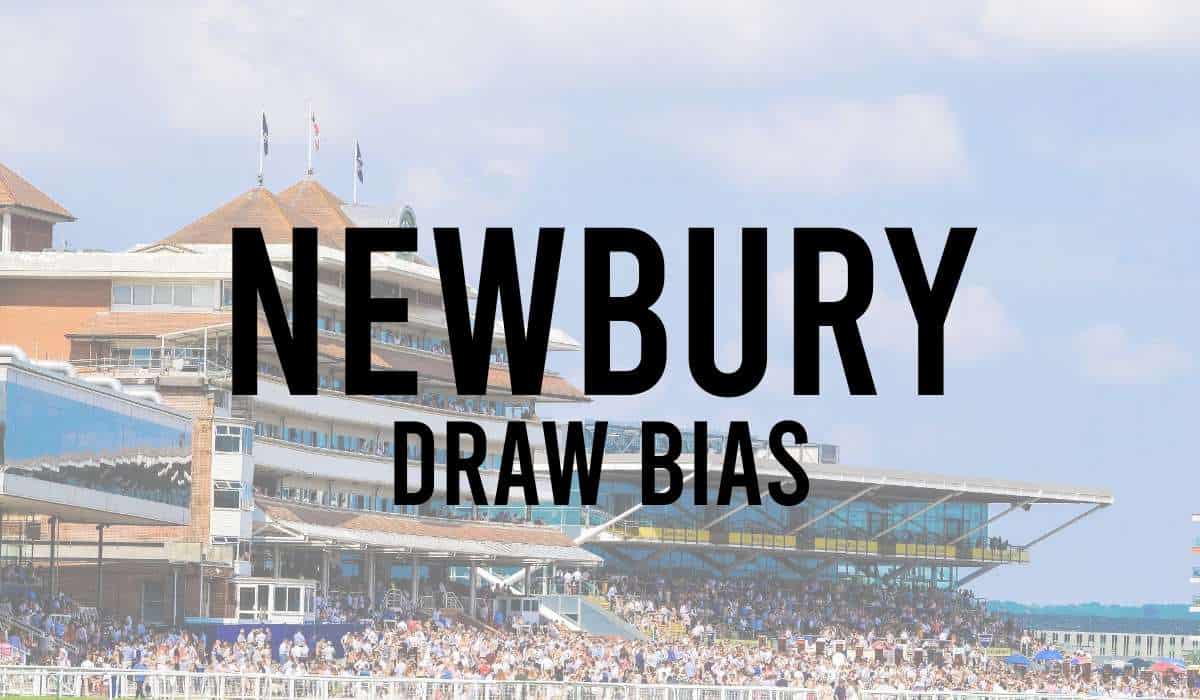
- Newcastle Draw Bias
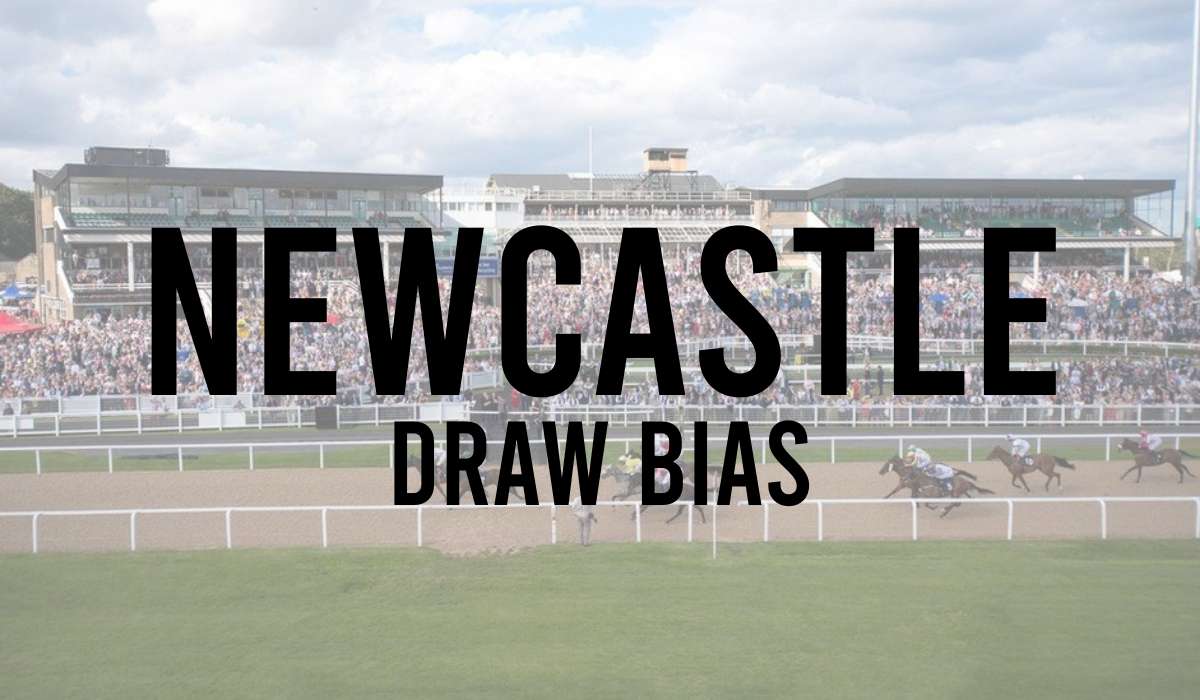
- Newmarket July Course Draw Bias
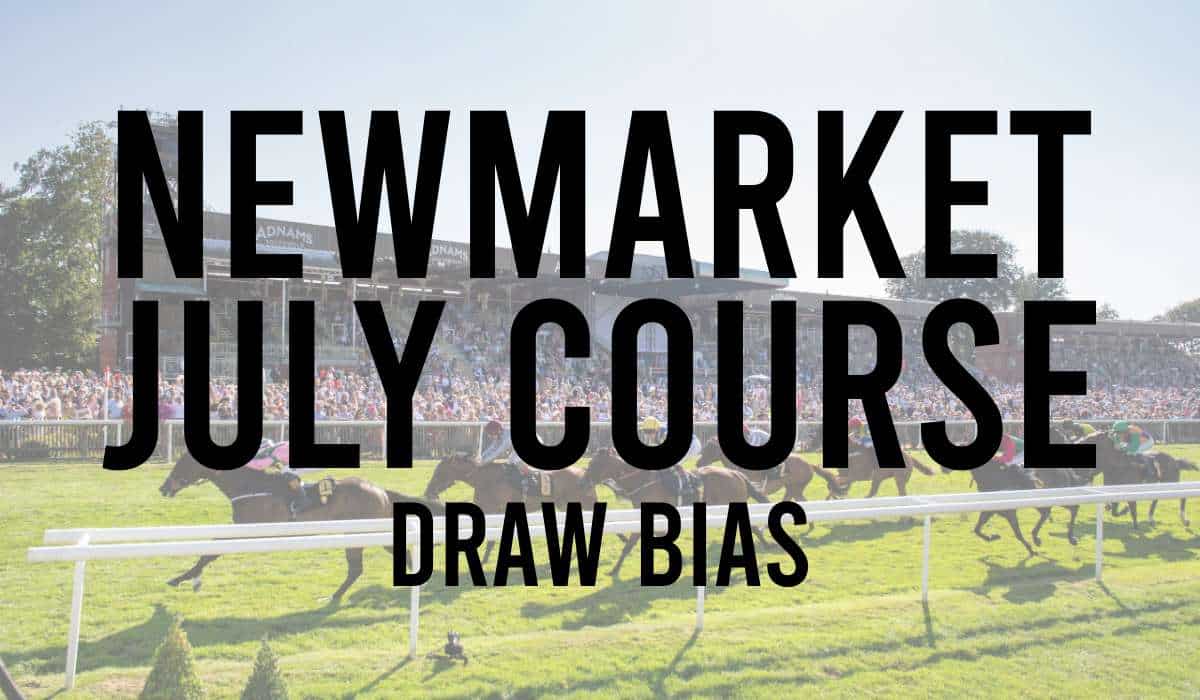
- Newmarket Rowley Mile Draw Bias
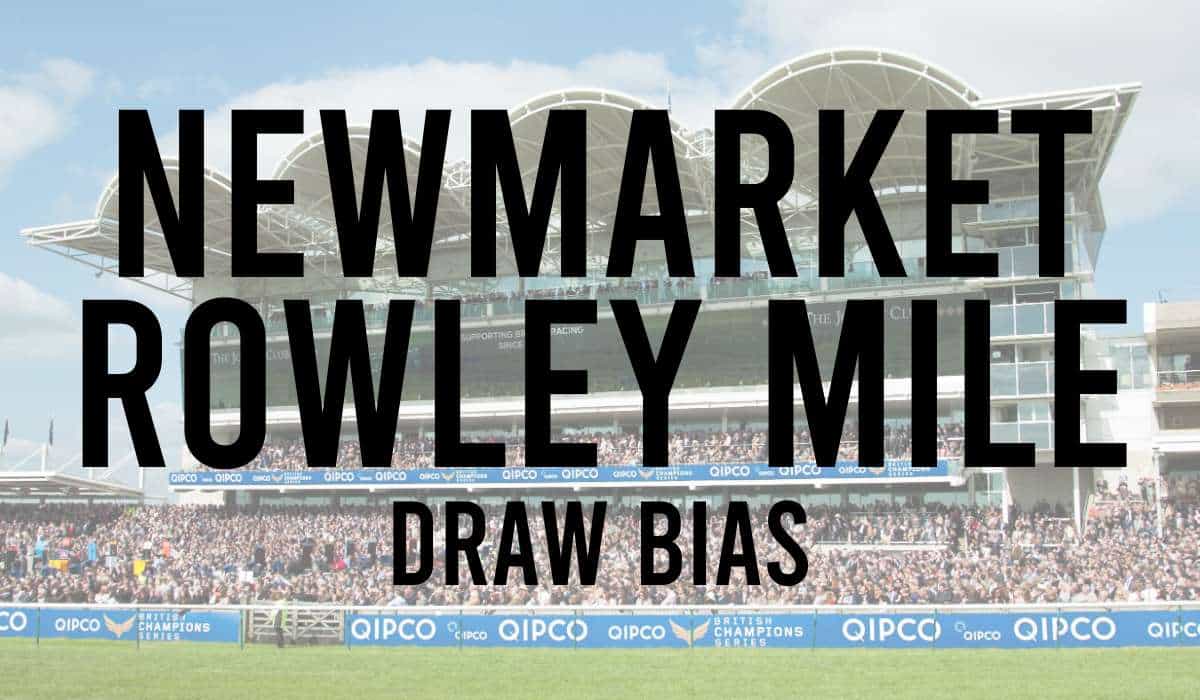
- Nottingham Draw Bias
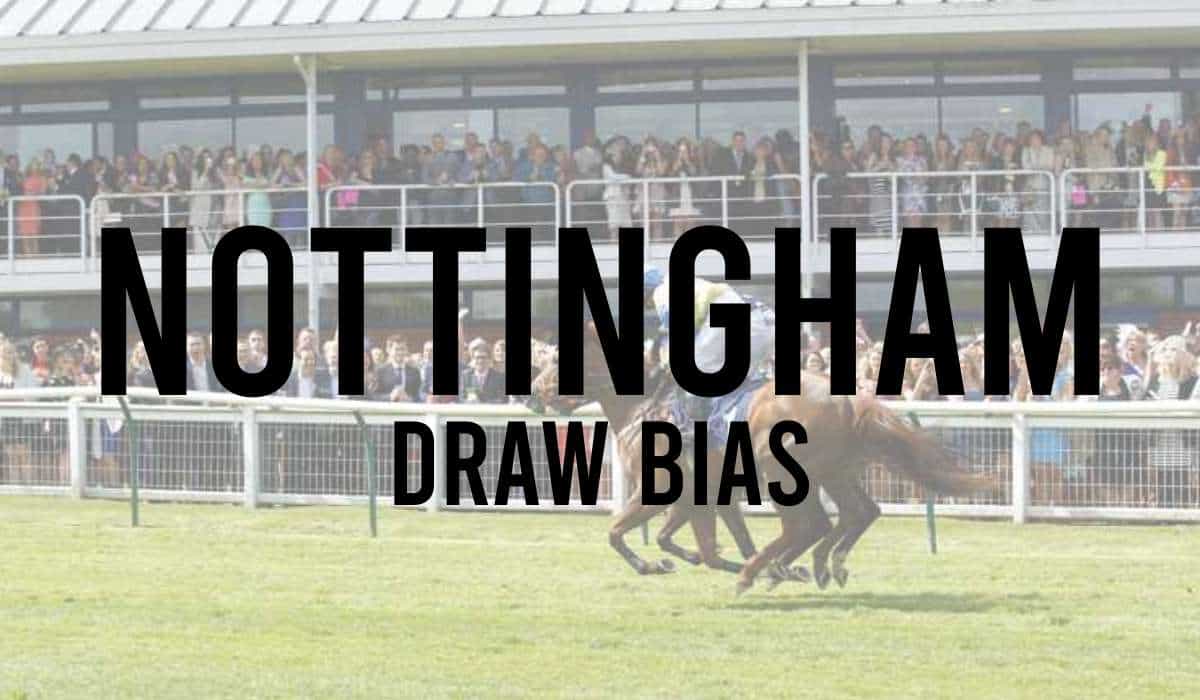
- Pontefract Draw Bias
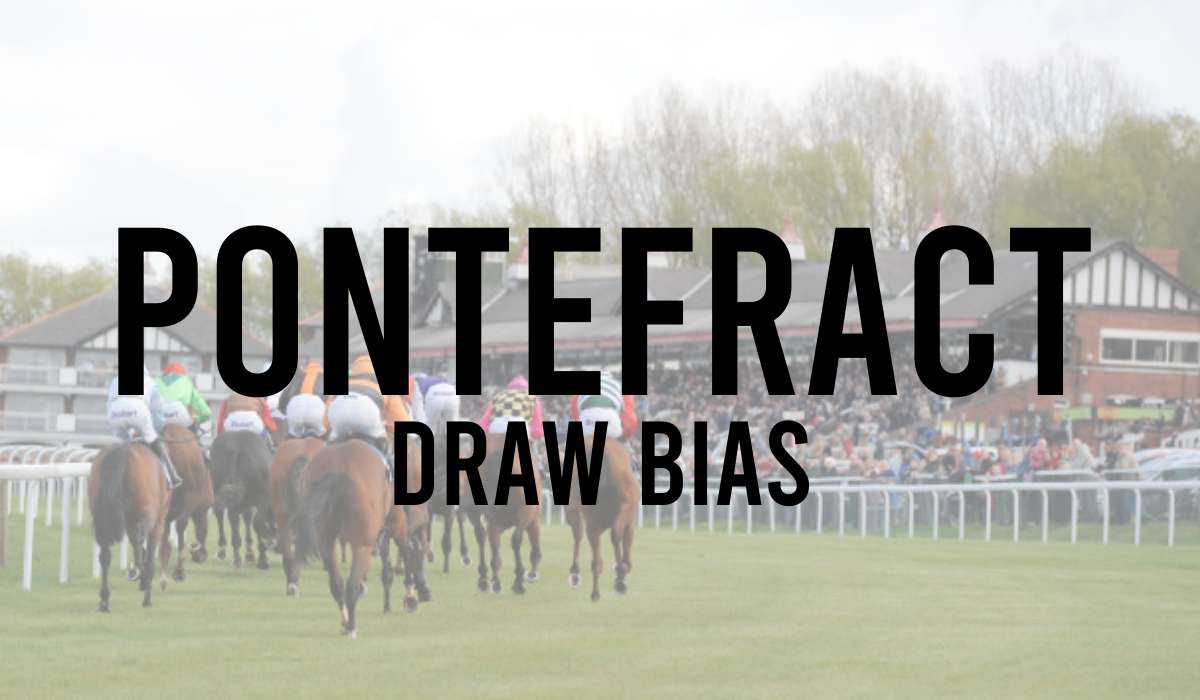
- Redcar Draw Bias
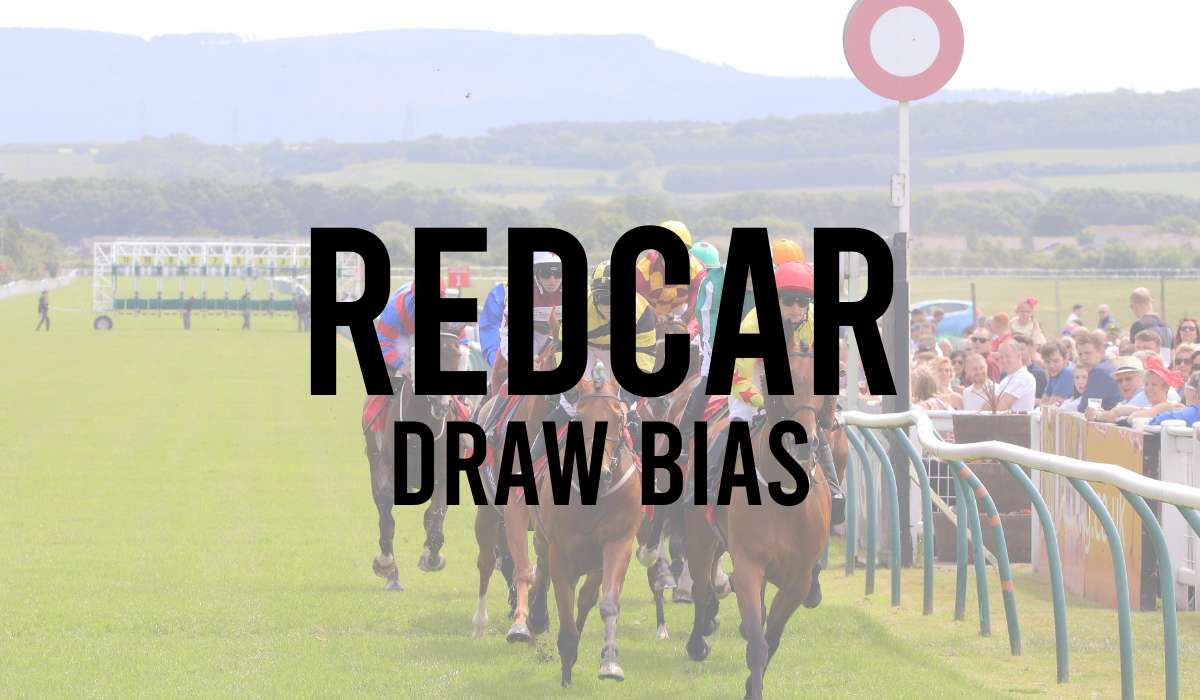
- Ripon Draw Bias

- Salisbury Draw Bias
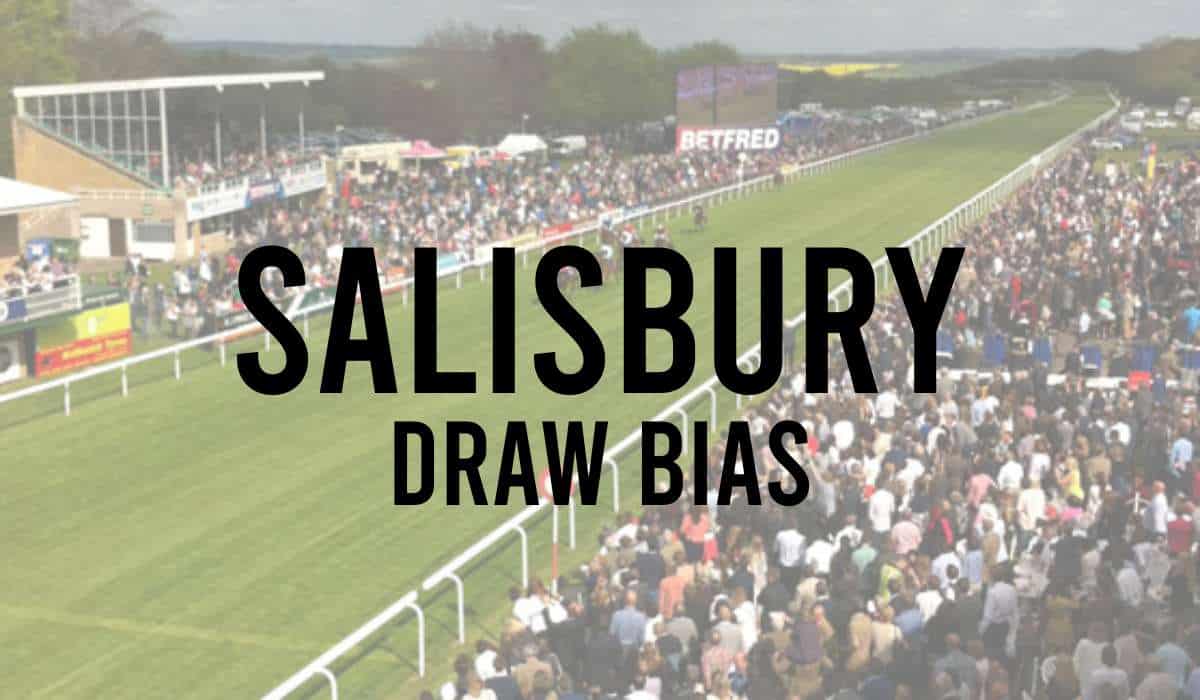
- Sandown Draw Bias
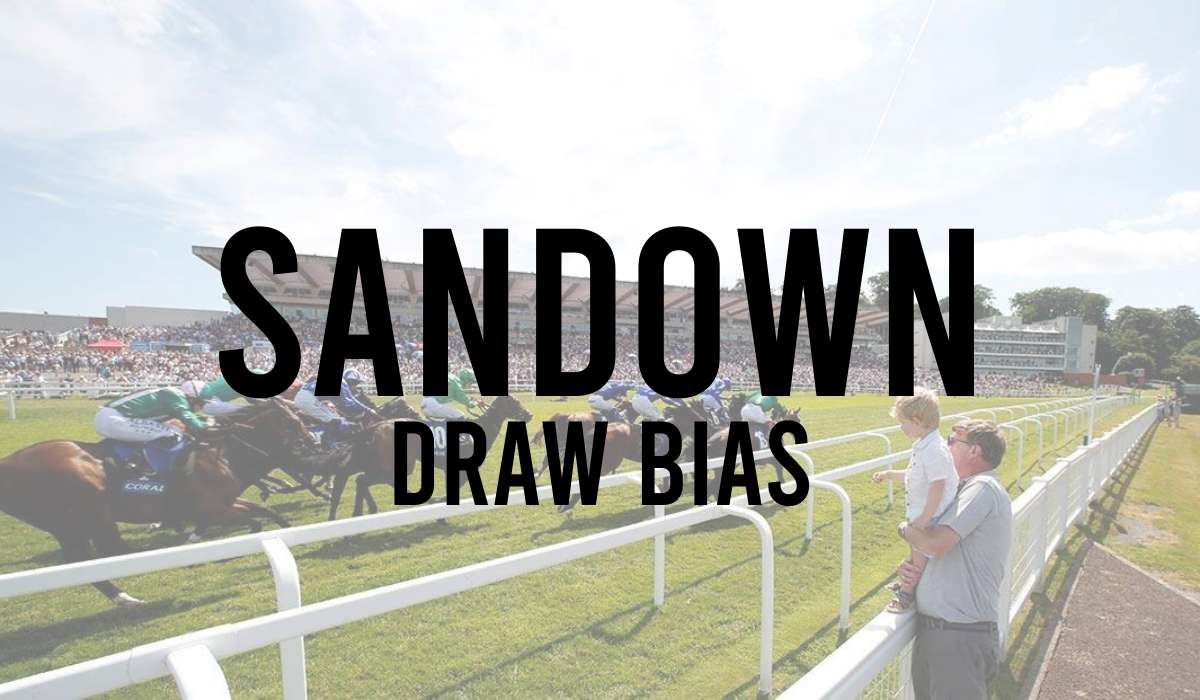
- Sligo Draw Bias
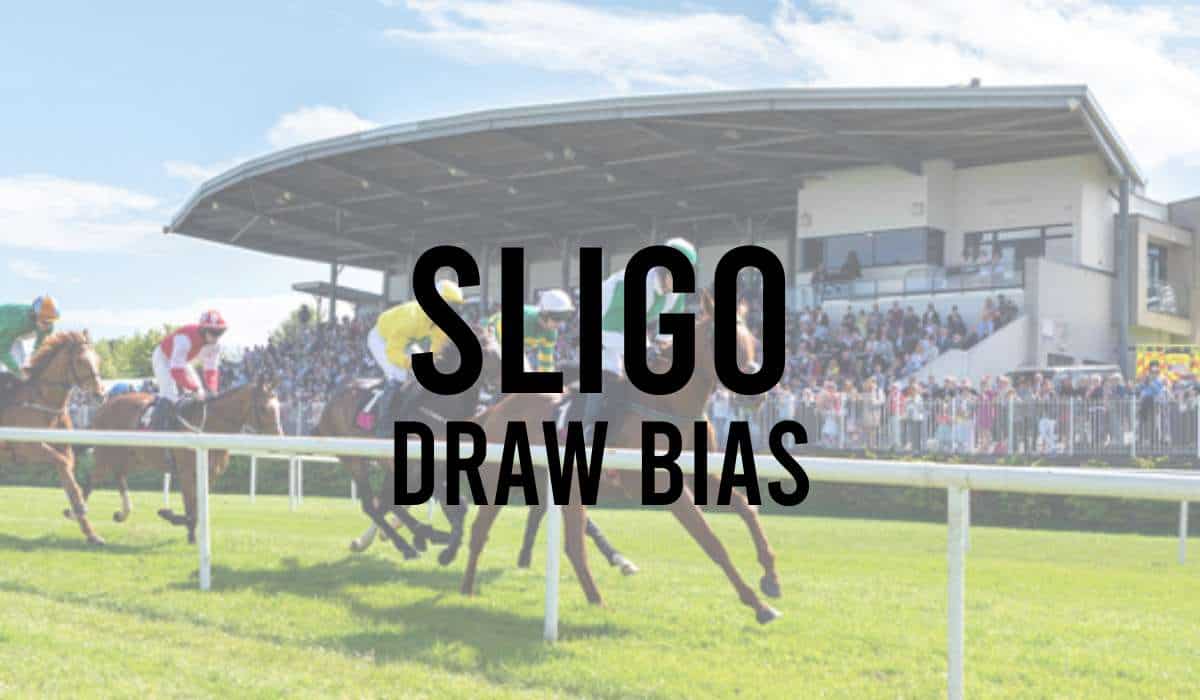
- Thirsk Draw Bias
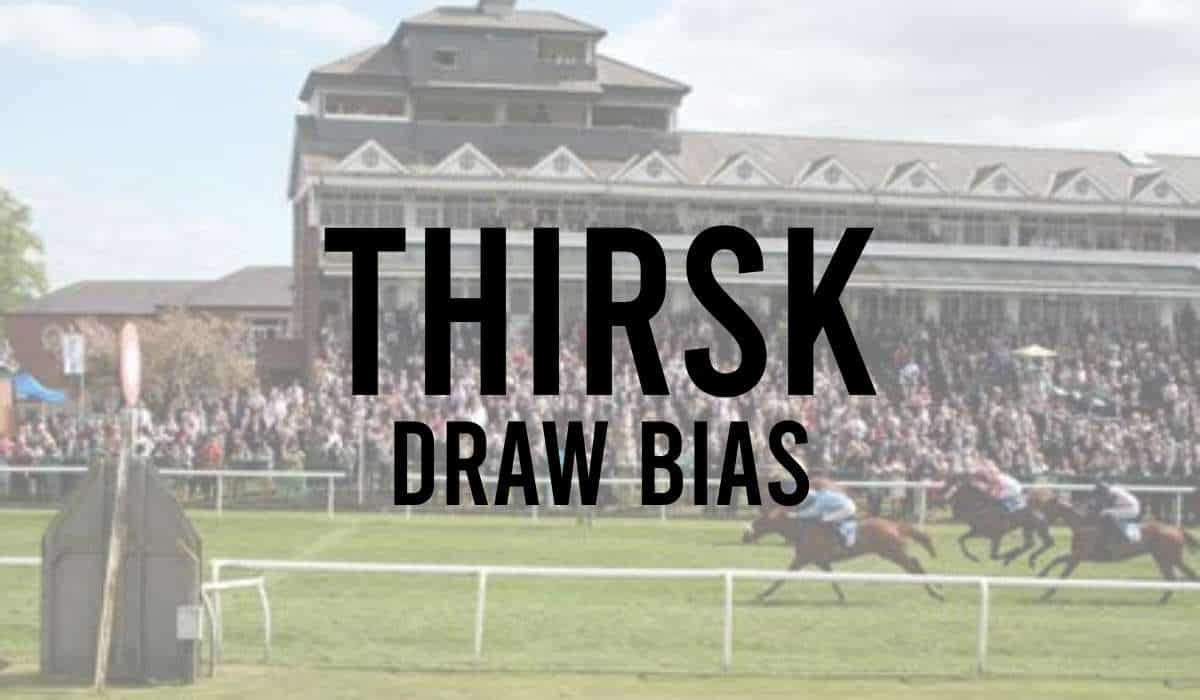
- Windsor Draw Bias
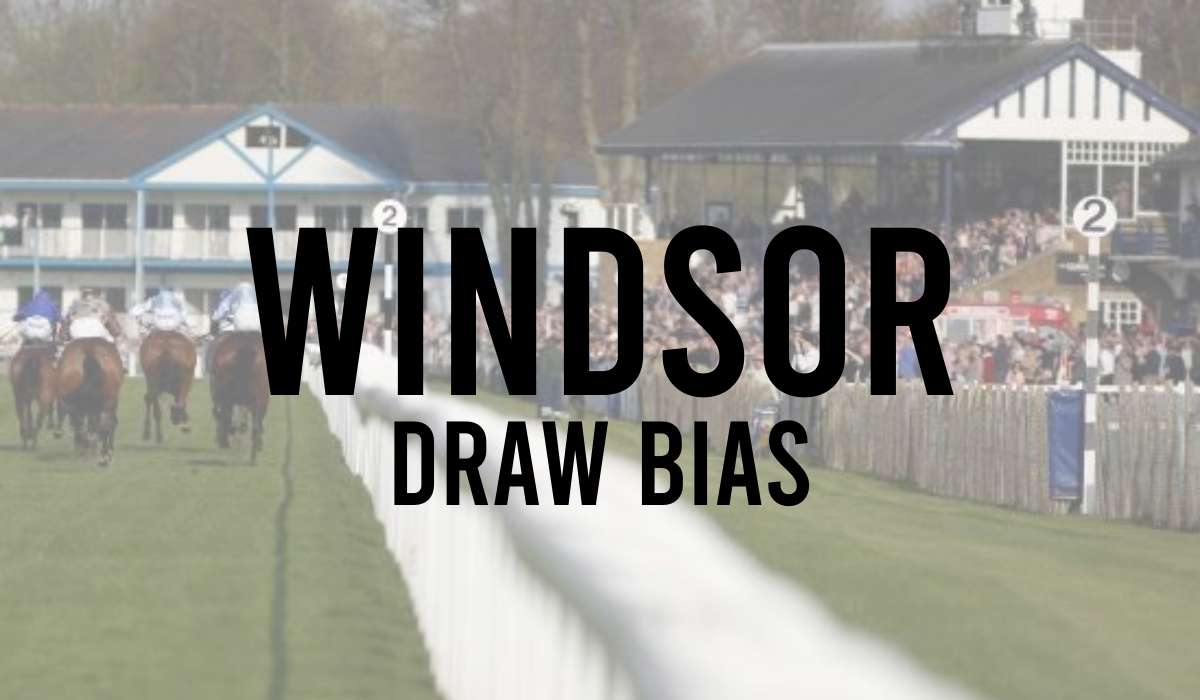
- Wolverhampton Draw Bias
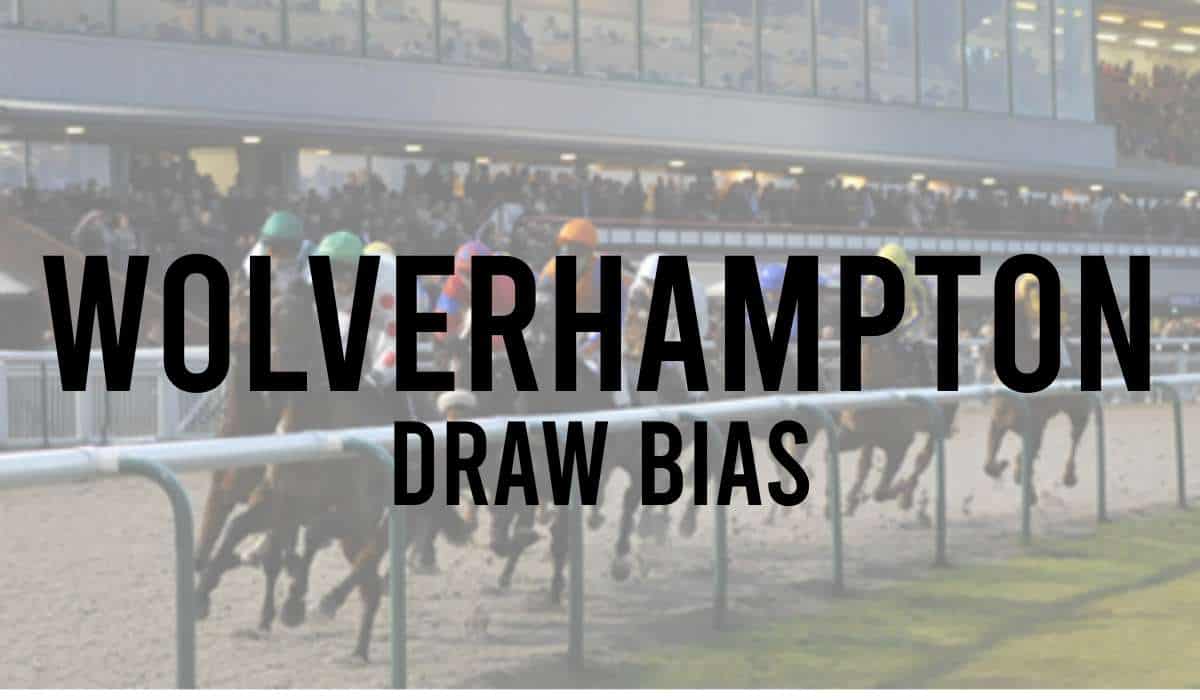
- York Draw Bias
